

Max Davies
2026 Toyota HiAce review
2 Hours Ago
Once almost unheard-of, engines with the power of three are increasingly a clear choice for smaller vehicles, and a few really fast ones.

Contributor
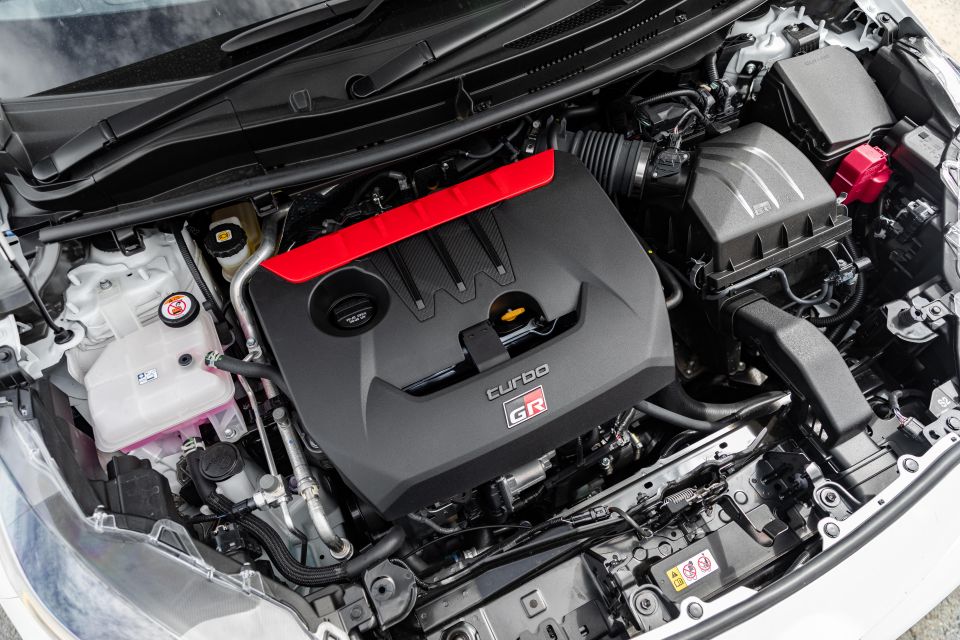

Contributor
Light cars have always tended to have engines with smaller displacements, but generally these vehicles have at minimum been powered by four-cylinders.
More recently, however, manufacturers are cutting back on the cylinder count by equipping models with three-pot engines, reportedly with minimal compromise to power or performance.
Some manufacturers including Toyota, Ford, Volvo and Jaguar Land Rover, are even using three-cylinder engines as an integral part of their performance or advanced plug-in hybrid powertrains.
What gives?
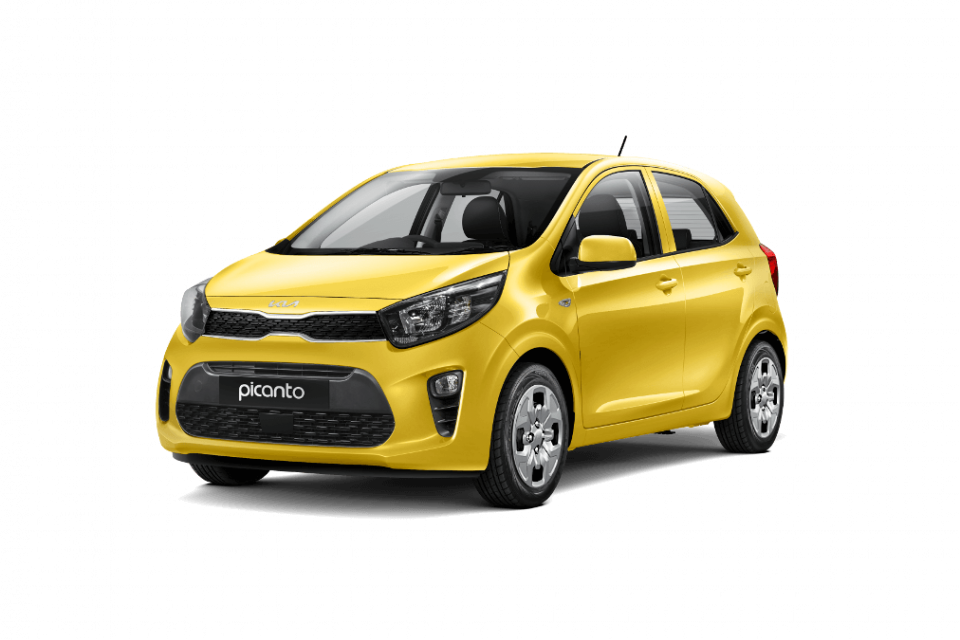
Why have these engines become the powertrain of choice for smaller vehicles? There are myriad reasons.
Safety standards, especially those promoted by ANCAP, Euro NCAP and other bodies around the world, have become more demanding over time, with vehicles being tested at higher speeds and with more massive equipment used to simulate physical impacts.
More recently, these standards have also mandated the incorporation of active safety equipment such as autonomous emergency braking (AEB) to achieve the highest ratings.
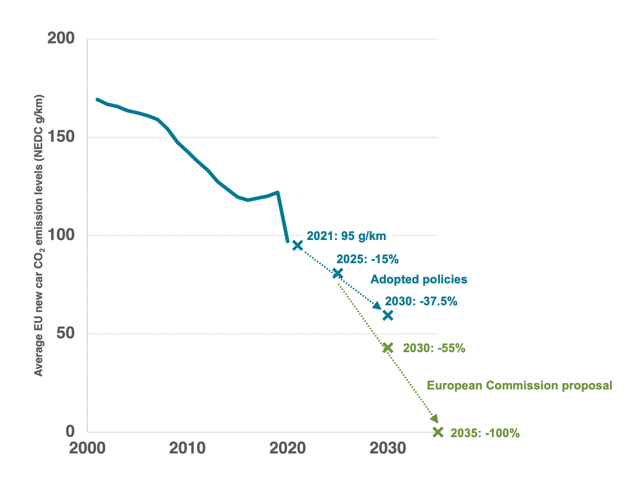
As a result, carmakers have to strive to ensure their smaller models remain appropriately sized and with adequate interior and boot space, whilst also incorporating beefier crash structures and greater technology, all of which have the potential to increase vehicle weight and introduce further packaging constraints.
The compact size and lighter weight of three-cylinder engines make them ideally suited to the restrictive space requirements in compact vehicles, and the space saved in the engine bay can be devoted elsewhere to maximise safety and passenger space.
Smaller cars generally also have strict cost targets to ensure that a model remains profitable, and this means that even a small saving on a per unit basis can multiply into a substantial amount during mass production.
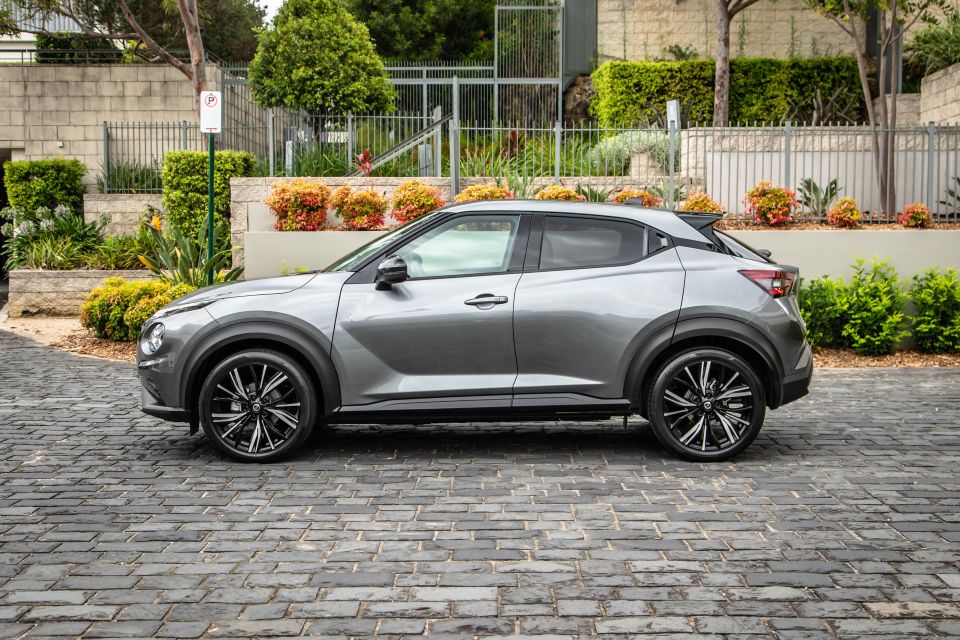
With one less cylinder and a corresponding reduction in the number of parts compared to a conventional four-cylinder engine, three-cylinder engines may also be cheaper to manufacture, helping ensure that even the cheapest model in a carmaker’s lineup remains a good business investment.
One less cylinder than the norm also means one less combustion chamber, and this yields environmental benefits with regard to reduced fuel consumption and lower CO emissions, enabling carmakers to meet stringent Euro 6 and upcoming Euro 7 regulations.
This is especially relevant in European countries, where regulators have set fleet-wide targets that mean the average CO emissions from a carmaker’s lineup of passenger vehicles must not exceed 95g CO/km. Selling a higher number of efficient three-cylinder engines may help offset larger, less efficient vehicles.
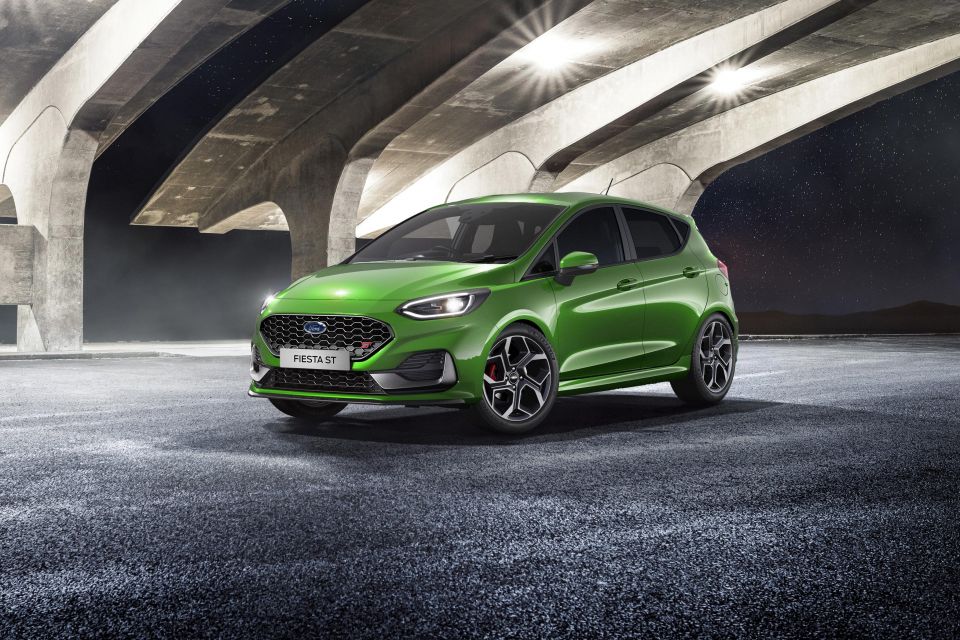
Note that these requirements are all based on testing according to the NEDC and WLTP cycles, and whilst three-cylinder engines may excel according to these testing protocols, they may also be more stressed under higher loads, especially during heavy acceleration.
This means that the real-world fuel economy savings may not be as significant when compared to an equivalent car equipped with a four-cylinder engine.
Three-cylinder engines may be less balanced than an equivalent four-cylinder, and this, in turn, has adverse consequences for NVH (noise, vibration and harshness), with these engines being perceived as less refined in operation than four-cylinder powerplants, often with a more ‘gruff’ sound.
To a degree, this is subjective, and the sound may be perceived as ‘sporty’ by some enthusiasts.
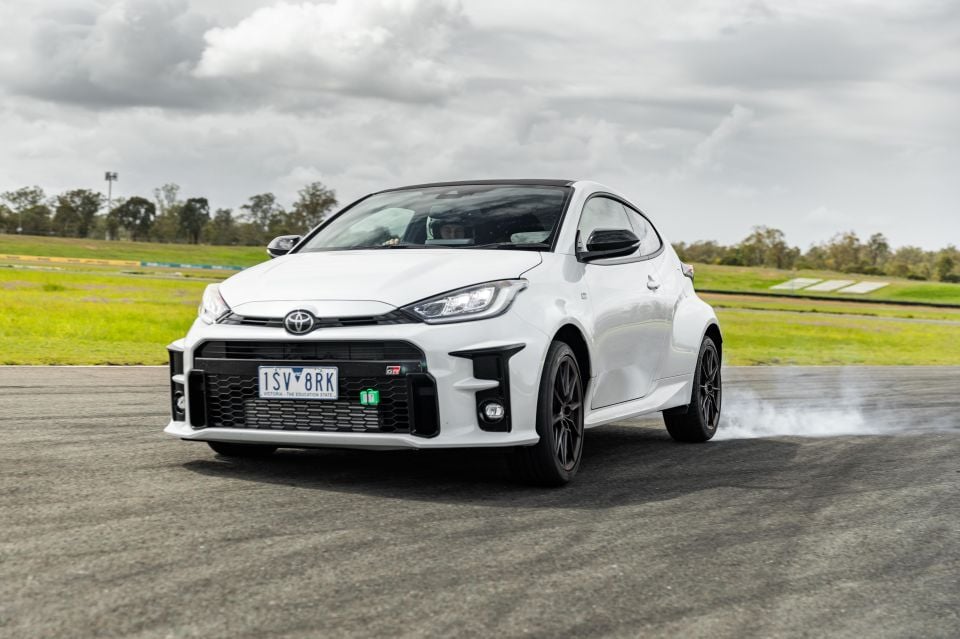
Arguably the most iconic three-cylinder performance car is the WRC-inspired Toyota GR Yaris.
The GR Yaris makes use of a 1.6-litre turbocharged straight-three engine to produce a total of 200kW of power at 6500rpm and 370Nm of torque over a broad spread from 3000-4600rpm, making it the most powerful mass-produced, road-going three-cylinder engine yet, and with comparable outputs to many bona fide hot hatches from the segment above.
A more affordable performance option is the Ford Fiesta ST, priced from $33,490 before on-road costs, and is equipped with a 1.5-litre turbocharged three-cylinder engine that makes 147kW of power at 6000rpm paired with 320Nm of torque at 4000rpm.
Direct competitors for this car include the VW Polo GTI and Hyundai i20N, both of which are offered with more conventional, larger displacement turbocharged four-cylinder engines producing comparable power and torque figures.
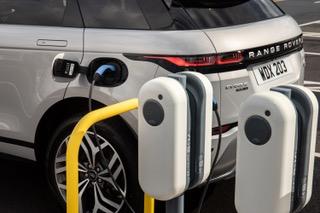
With the EU widely regarded as having some of the strictest emissions regulations globally, it is no surprise that many fuel-efficient three-cylinder engines originate from European carmakers.
French marques Peugeot and Citroën (both now under the Stellantis banner), as well as German brands BMW (including Mini) and the wider Volkswagen Group (including Audi) offer broad line-ups of cars available with three-cylinder engines.
On the French side, everything from the Citroën C3 and C4 to the Peugeot 2008 and upcoming Peugeot 308 will be available with the widely used Puretech 1.2-litre turbocharged three-cylinder engine, in varying states of tune.
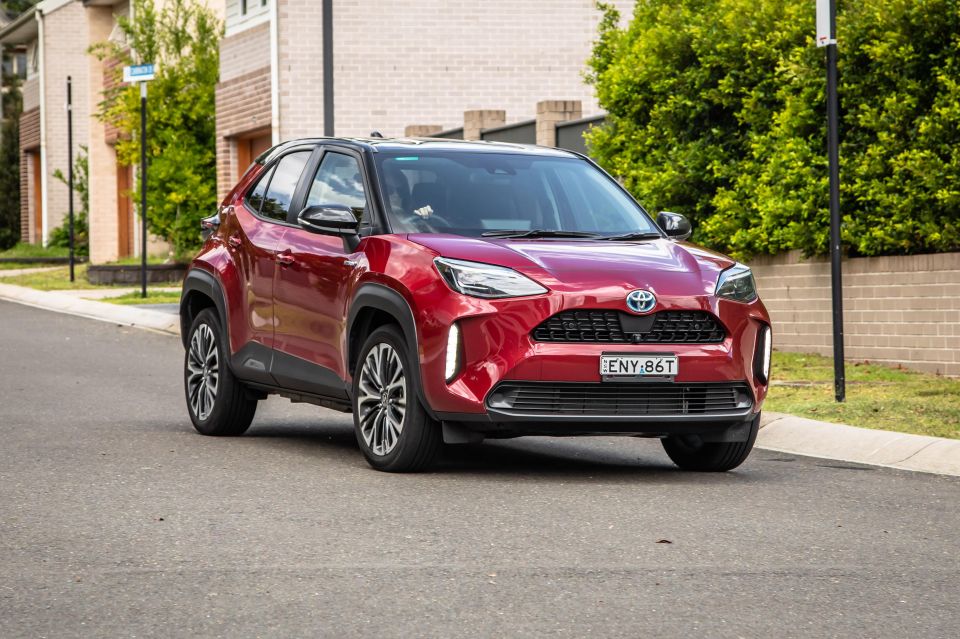
From a German perspective, the BMW Group has unveiled a modular engine family whereby each cylinder has a displacement of 0.5-litres (500cc), and the smallest combination of this, a 1.5-litre three cylinder powerplant, is available in the entry-level Mini Cooper as well as the BMW 118i hatch and 218i Gran Coupé with outputs of approximately 100kW and 220Nm.
Meanwhile, models from the VW Group including the Audi A1, Volkswagen Polo and Volkswagen T-Cross are offered with a 1.0-litre turbocharged three-cylinder powerplant producing 85kW of power and 200Nm of torque in all models.
Non-European brands offering three-cylinder engines include Kia (Picanto and Rio GT-line), Suzuki (Swift), the Nissan Juke and Ford Puma small SUVs, as well as cheaper versions of the Toyota Yaris, and the Yaris Cross spinoff.
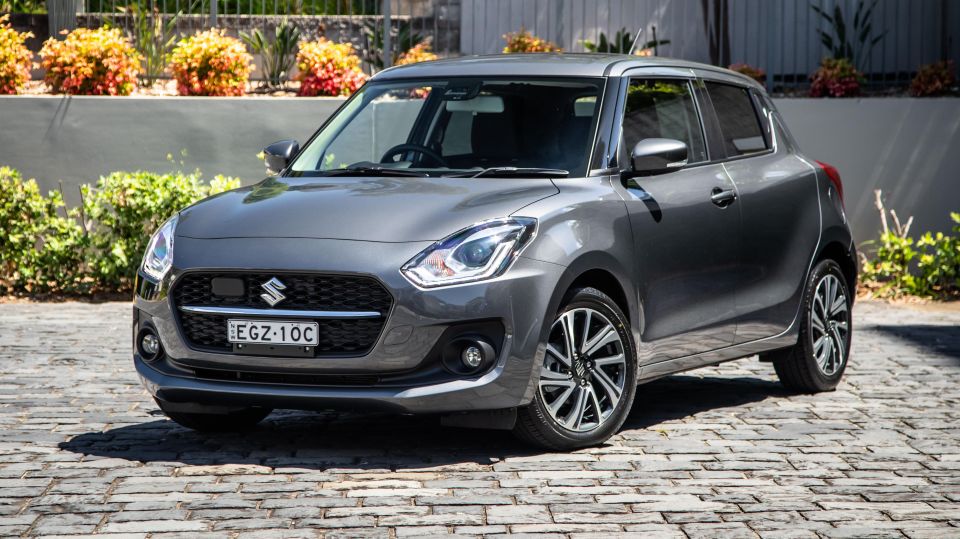
One way to improve the performance of three-cylinder engines without compromising on emissions or efficiency is through electrification, and apart from the ‘closed-circuit’ hybrids offered by Toyota, three-cylinder engines are also being used as part of plug-in hybrid (PHEV) powertrains.
For example, the Volvo XC40 Recharge PHEV and the Range Rover Evoque PHEV both pair a 1.5-litre turbocharged three-cylinder engine with a battery pack.
MORE: The most powerful V8 cars for under $150,000 MORE: Five famous V10 engines MORE: Five famous V12 engines MORE: All Vivek explainer pieces


Max Davies
2 Hours Ago


William Stopford
18 Hours Ago


Ben Zachariah
19 Hours Ago


Derek Fung
19 Hours Ago


Matt Campbell
1 Day Ago


William Stopford
2 Days Ago